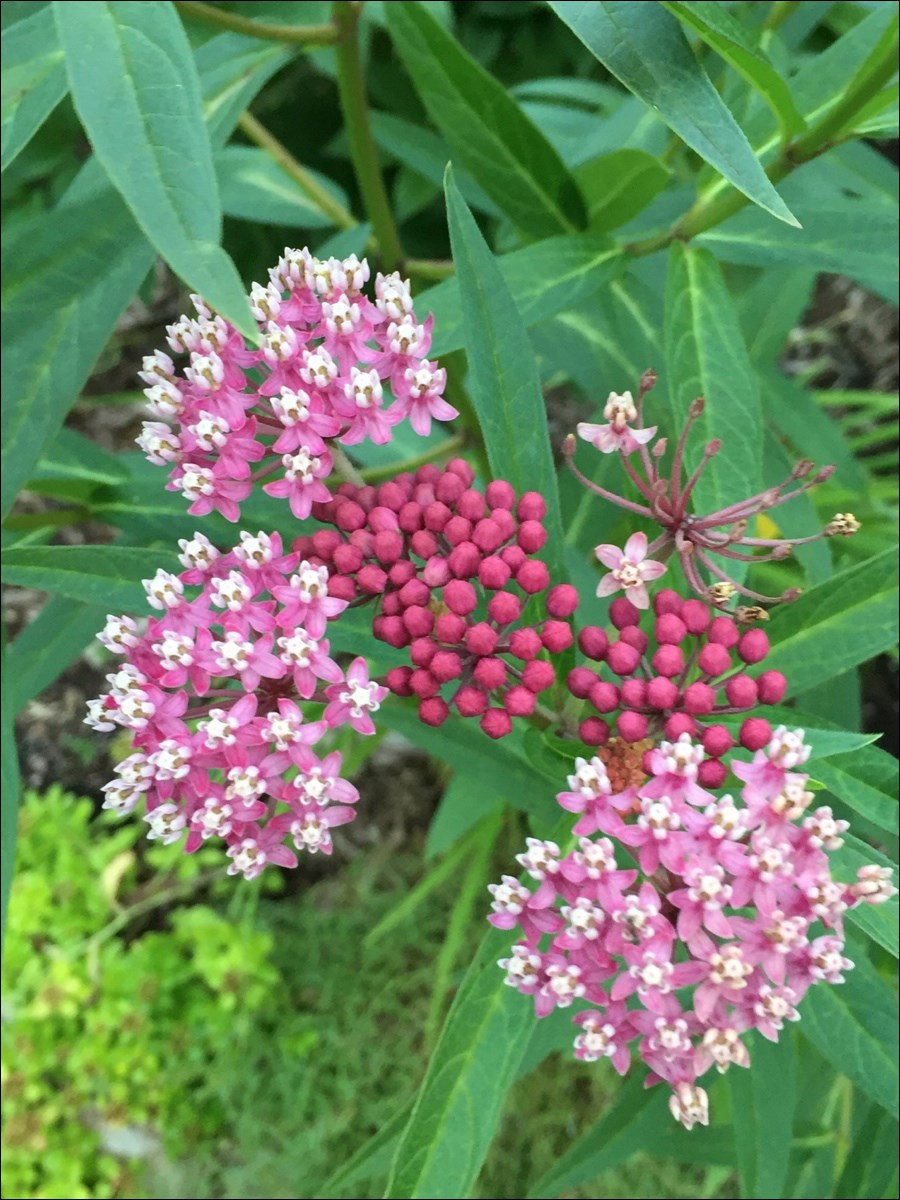Now that the days are getting noticeably shorter and the days and nights are cooler, it won’t be long until the garden will need to be put to bed for the winter.
For now my late blooming perennials, false sunflower, milkweed, New England aster, oriental lily, grapeleaf anemone, monkshood and gaillardia are giving me the last patches of colour in my garden, along with a few annuals.
This time of year The question I am asked most often is whether to cut back perennials in the fall or in the spring. There are good reasons for either option.
Cutting back in the fall saves you valuable time in spring, when there is a lot to do in a short period of time, especially if you also have a vegetable garden and trees or shrubs to prune.
Also, cleaning up plant debris in fall provides fewer cozy overwintering homes for garden pests. On the other hand, leaving the dying foliage allows for snow to collect on the plants providing extra winter protection.
Although we get good snow coverage in winter, this extra coverage can protect plants when there is little early snow and again in spring when the snow melts and refreezes several times.
I will cut back in either season, depending on travel plans and the weather. I usually cut back what I have time for in the fall, but I have a hard time cutting back anything that is still green or giving me fall colour, like the red leaves of the cranesbill geraniums.
This approach still saves some time in spring with only a few plants left to cut back, and lets me enjoy the first snowfall without stressing over not having done it all. When I cut back, I leave two or three inches above the ground to protect the crown of the plant.
At the same time I make note of plants that should be moved or divided in spring, or I may get out the shovel and do it right then and there.
When plants have been cut back, fall or spring, it is also a good time to spread mulch because the ground between plants is not hidden by foliage. Just one more thing before leaving the garden for the winter – clean your garden and hand tools before storing them until spring.
If you have begonias, glads or dahlias, you may want to store them over winter to plant again next spring. The next article will cover winter storage of a variety of roots, bulbs and tubers.
Horticulturalist Mary Wright has lived in Denare Beach for more than 30 years. She shares her passion for gardening with Flin Flon readers every second Wednesday in The Reminder.




